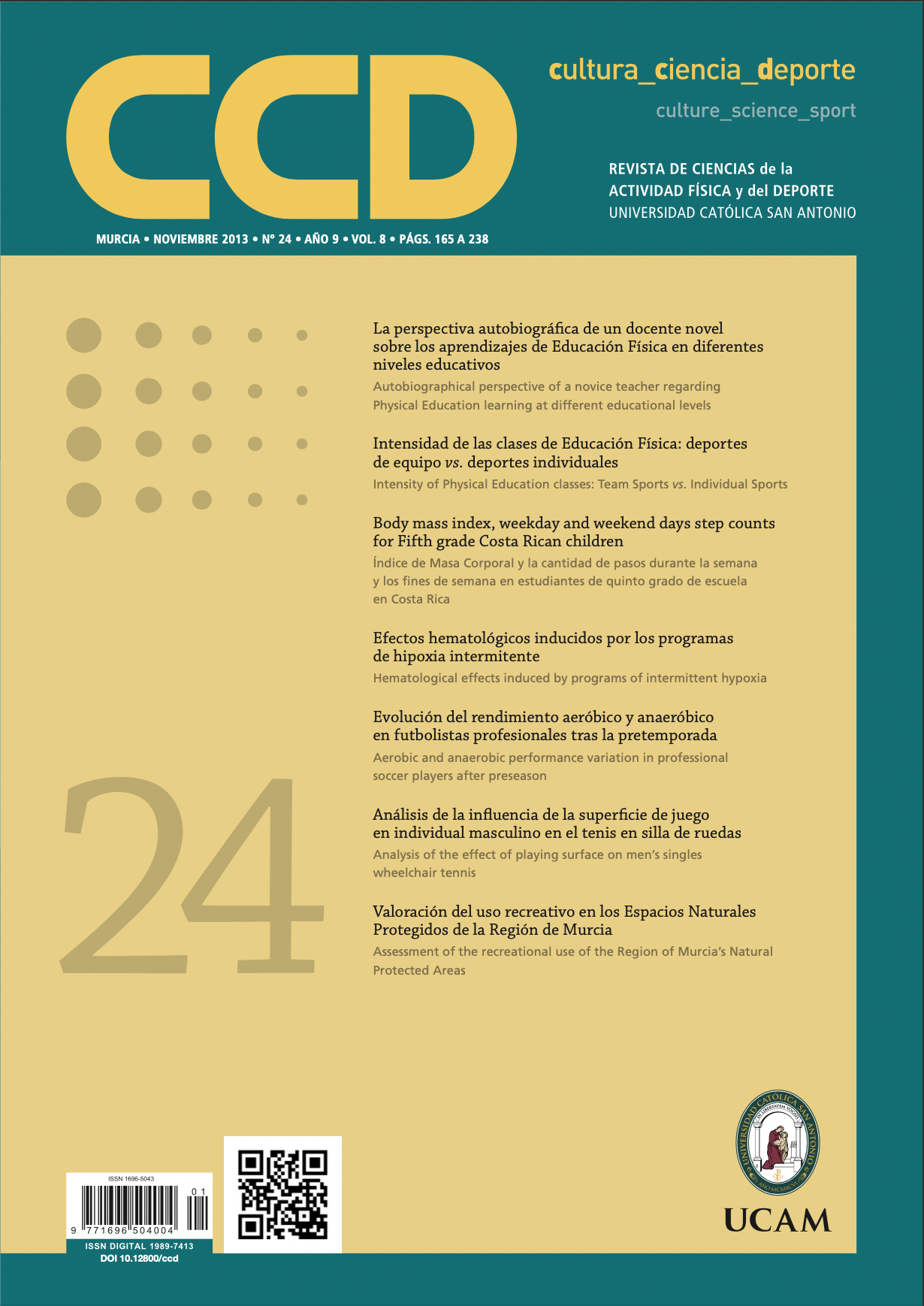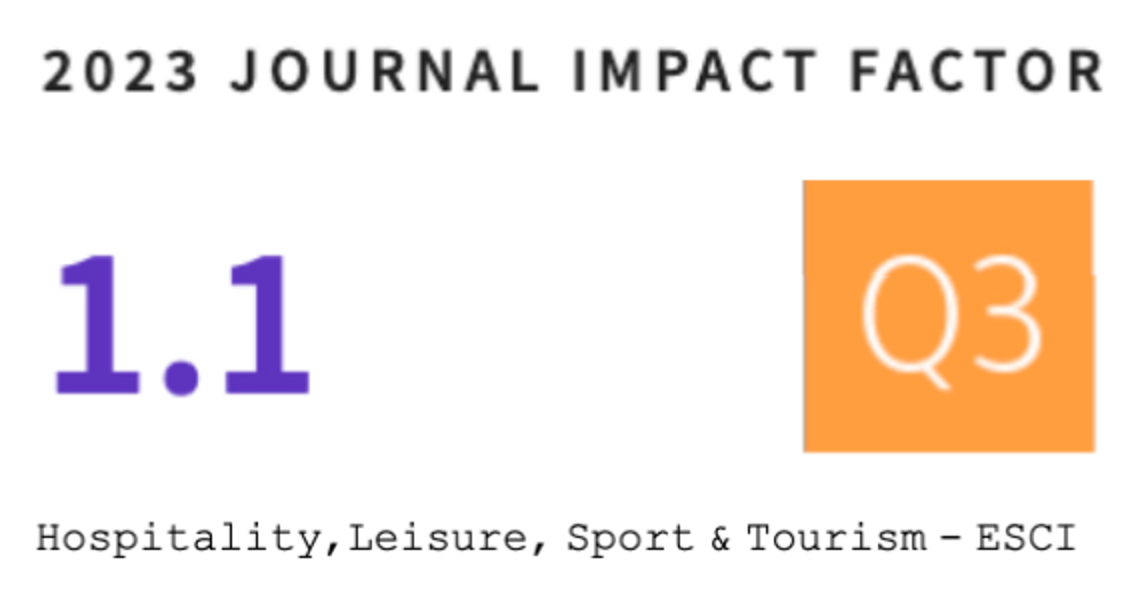Efectos hematológicos inducidos por los programas de hipoxia intermitente. (Hematological effects induced by programs of intermittent hypoxia).
DOI:
https://doi.org/10.12800/ccd.v8i24.362Abstract
http://dx.doi.org/10.12800/ccd.v8i24.362
Entre las estrategias de entrenamiento en condiciones de altitud simulada más utilizadas destaca la exposición a hipoxia intermitente (IHE), la cual se aplica mediante la estancia pasiva en habitaciones con ambiente hipóxico o a través de la respiración de aire con menos concentración de O2, junto con el método denominado entrenamiento en hipoxia intermitente (IHT), que consiste en llevar a cabo sesiones de entrenamiento en condiciones de hipoxia (Millet, Roels, Schmitt, Woorons & Richalet, 2010). Los efectos de los programas de exposición y entrenamiento en hipoxia intermitente se relacionan con un incremento de la eritropoyesis que deriva en una mejora de parámetros fisiológicos relacionados con el rendimiento, como el umbral anaeróbico o el consumo máximo de oxígeno y un incremento del rendimiento anaeróbico. Tal como observamos en la literatura, los programas IHT parecen ser mucho más beneficiosos que los de IHE para estimular la eritropoyesis e incrementar el rendimiento deportivo, si bien con ambos métodos se observa una mejora en los valores sanguíneos claves para la neoformación de glóbulos rojos y que afectan al rendimiento deportivo. Fundamentalmente esto se debe a que el ejercicio en hipoxia juega un rol importante en las adaptaciones hematológicas y fisiológicas del organismo, si bien en este campo de investigación aún hay preguntas básicas que deben ser contestadas (Hoppeler & Vogt, 2001).
Palabras clave: entrenamiento en hipoxia intermitente, exposición a hipoxia intermitente, altitud simulada, hipoxia intermitente, live low train high.
===
Abstract
Among the various simulated altitude training approaches, intermittent hypoxia exposure (IHE) should be highlighted, which is implemented through the passive stay in rooms with hypoxic ambience or by breathing air with a lower concentration of O2, as well as the method called intermittent hypoxic training (IHT), which consists of carrying out training sessions under conditions of hypoxia (Millet et al., 2010). The effects of intermittent hypoxic exposure and intermittent hypoxic training programs are associated with increased erythropoiesis resulting in an improvement in physiological parameters related to aerobic performance and anaerobic threshold and maximum oxygen consumption as well as increased anaerobic performance. As noted in the literature, IHT programs appear to be much more beneficial than IHE for stimulating erythropoiesis and enhancing athletic performance, although both methods result in an improvement in blood levels that is key to the new production of red blood cells and that affects athletic performance. Primarily, this is because exercise in hypoxia plays an important role in haematological and physiological adaptations of the body, although in this research there are still basic questions to be answered (Hoppeler & Vogt, 2001).
Key words: Intermittent Hypoxia Training, Intermittent Hypoxia Exposure, simulated altitude, Intermittent hypoxia, LiveLow-TrainHigh.
Downloads
How to Cite
Issue
Section
License
The authors who publish in this journal agree with the following terms:
- The authors retain the copyright and guarantee the journal the right to be the first publication of the work as well as licensed under a Creative Commons Attribution License that allows others to share the work with recognition of the authorship of the work and the initial publication in this journal.














